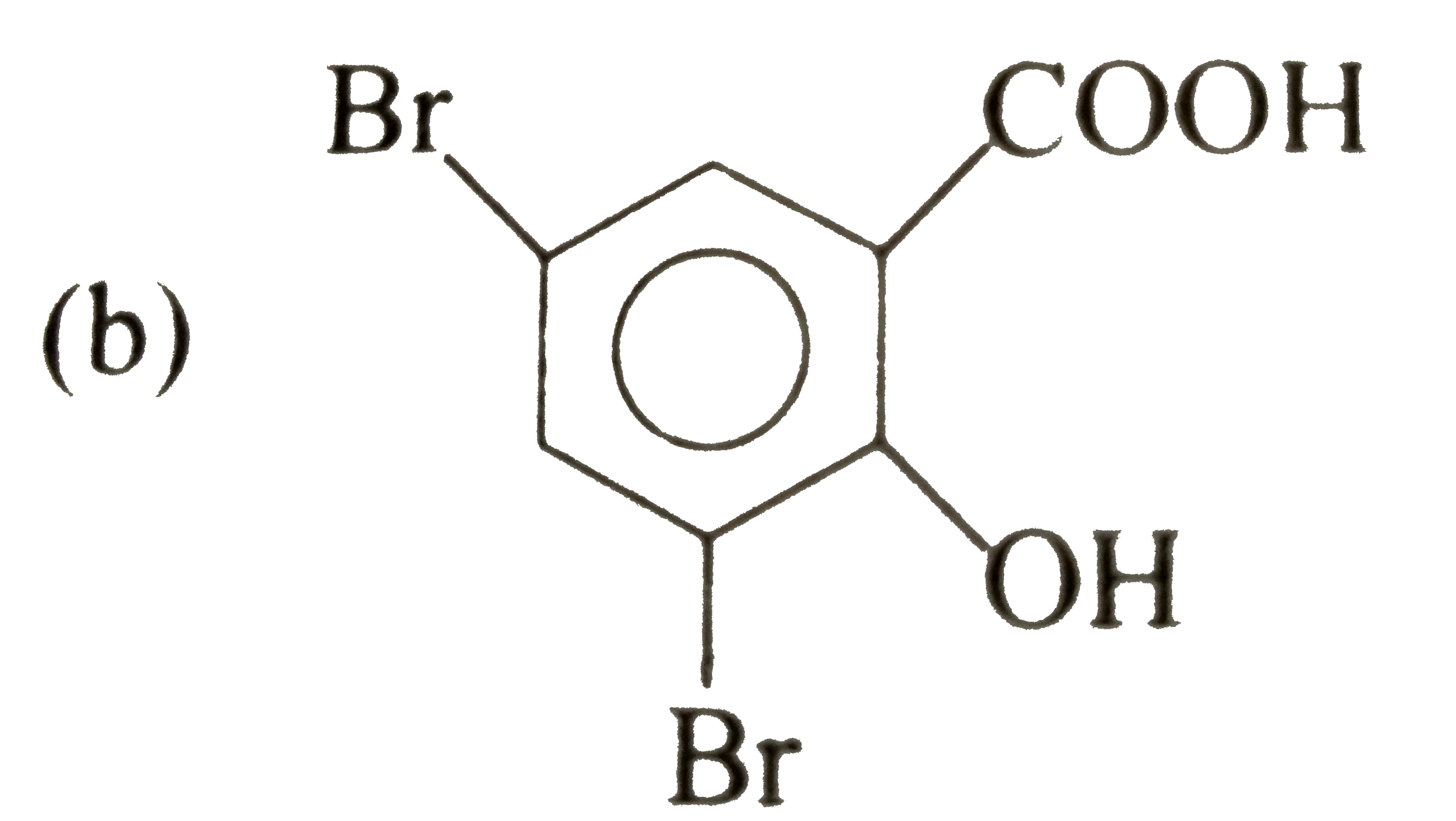The stoichiometric equation for the oxidation of bromide ions by hydrogen peroxide in acid solution is
2Br−+H2O2+2H+→Br2+2H2O
Since the reaction does not occur in one stage, the rate equation does not correspond to this stoichiometric equation but is
rate = k[H2O2][H+][Br−]
What is the effect on the rate constant k of increasing the concentration of bromide ions ?
To determine the effect on the rate constant k when the concentration of bromide ions (Br−) is increased, we can analyze the provided rate equation and the relationship between the rate constant and the concentrations of the reactants.
1. Understand the Rate Equation: The rate of the reaction is given by the equation:
rate=k(H2O2)(H+)(Br−)
This indicates that the rate of the reaction depends on the concentrations of hydrogen peroxide (H2O2), hydrogen ions (H+), and bromide ions (Br−).
2. Identify the Role of the Rate Constant k: The rate constant k is a proportionality constant that relates the rate of the reaction to the concentrations of the reactants. It is influenced by factors such as temperature and the nature of the reaction but is not directly dependent on the concentrations of the reactants in the rate equation.
3. Analyze the Effect of Increasing (Br−): According to the rate equation, if we increase the concentration of bromide ions (Br−), the rate of the reaction will increase. However, this does not imply that the rate constant k itself changes. The rate constant k remains constant for a given reaction at a specific temperature.
4. Conclusion: Therefore, increasing the concentration of bromide ions (Br−) will increase the rate of the reaction, but it will not affect the value of the rate constant k. The rate constant is independent of the concentration of reactants.
Final Answer:
The effect on the rate constant k of increasing the concentration of bromide ions (Br−) is that the rate constant k remains unchanged.
rate=k(H2O2)(H+)(Br−)
This indicates that the rate of the reaction depends on the concentrations of hydrogen peroxide (H2O2), hydrogen ions (H+), and bromide ions (Br−).
The effect on the rate constant k of increasing the concentration of bromide ions (Br−) is that the rate constant k remains unchanged.
Topper's Solved these Questions
- CLASSROOM PROBLEMS BOOK - MOTIONCHAPTER - CLASSROOM PROBLEMS EXERCISE - Chemical Equilibrium
38 Videos
- CLASSROOM PROBLEMS BOOK - MOTIONCHAPTER - CLASSROOM PROBLEMS EXERCISE - Radioactivity
23 Videos
- CLASSROOM PROBLEMS BOOK - MOTIONCHAPTER - CLASSROOM PROBLEMS EXERCISE - Electrochemistry
22 Videos
- Chemical KineticsBOOK - MOTIONCHAPTER - Chemical KineticsEXERCISE - Exercise - 4 (Level - II) (SUBJECTIVE PROBLEM)
1 Videos
- CLASSROOM PROBLEMS 1BOOK - MOTIONCHAPTER - CLASSROOM PROBLEMS 1EXERCISE - THERMODYNAMICS
17 Videos
Similar Questions
The stoichiometric equation for the oxidation of bromide ions by hydrogen peroxide in acid solution is
2Br−+H2O2+2H+→Br2+2H2O
Since the reaction does not occur in one stage, the rate equation does not correspond to this stoichiometric equation but is
rate = k[H2O2][H+][Br−]
If the concentration of H2O2 is increased by a factor of 3, by what factor is the rate of consumption of Br– ions increased ?
View SolutionThe stoichiometric equation for the oxidation of bromide ions by hydrogen peroxide in acid solution is
2Br−+H2O2+2H+→Br2+2H2O
Since the reaction does not occur in one stage, the rate equation does not correspond to this stoichiometric equation but is
rate = k[H2O2][H+][Br−]
If, under certain conditions, the rate of consumption of Br– ions is 7.2×10–3moledm–3s–1, what is the rate of consumption of hydrogen peroxide ? What is the rate of production of bromine
View Solution
Knowledge Check
CH2=CH2Br2/H2O−−−−−→A, In the above reaction the compound A is
AEthylene bromohydrinB1,2-dibromo ethaneCEthanolDNone of theseHydrogen peroxide ionises as H2O2⇔H++HO−2 if pH of H2O2 is 5.7 at 25∘C, the ionic product of H2O2 is :
A2×10−12B4×10−12C1×10−14D1.4×10−12The action of Br2/H2O on salicylic acid results in the formation of :
A B
B C
C D
D
The rate law of the reaction H2+Br2→2HBr is
d[HBr]dt=k[H2][Br2]1/2
What is the order of the reaction? Is this an elementary reaction?
View SolutionFor the chemical reaction,
4HBr+O2→2H2O+2Br2
Rate=k[HBr][O2]
What is the proable mechanism of the reaction ?
View SolutionDecompoistion of hydrogen peroxide,
2H2O2→2H2O+O2 is a …………. .
View SolutionBalance the following equations in acidic medium
Br−+BrO−3+H+→Br2+H2O
View SolutionThe rate of decomposition of hydrogen peroxide is first order in H2O2.AT [H2O2]=0.150 M , the decomposition rate was measured to be 4.83×10−6M.s−1 . What is the rate constant for the reaction?
View Solution
